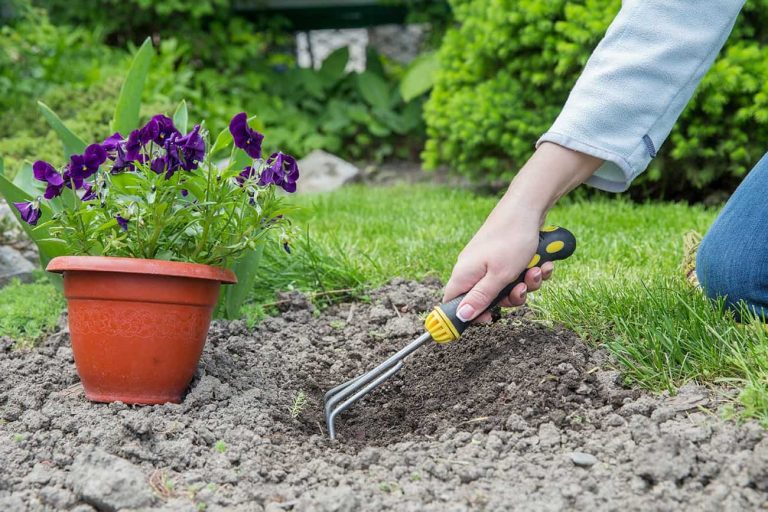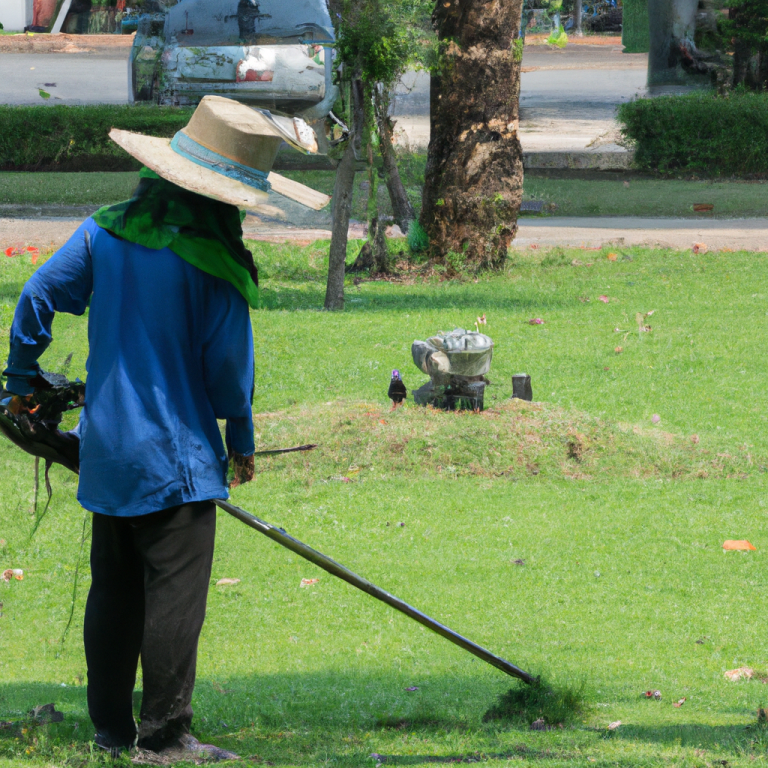Preparing Your Lawn for the New Season
As the winter fades away and spring arrives, it’s time to shift our focus to our lawns. After enduring the colder months, lawns have likely had little maintenance done on them, making preparing your lawn for the new season crucial. In this blog post, we will discuss the key considerations necessary for getting your lawn ready for spring.
Clean and Clear
The first step to reviving your lawn is to remove any debris that has accumulated over the winter. Rake away fallen leaves, twigs, and other clutter that can prevent healthy growth. By cleaning and clearing your lawn, you provide it with the opportunity to breathe and absorb sunlight effectively.
Additionally, this process helps prevent fungal diseases that can thrive in damp, decaying organic matter. It’s important to clear out the thatch as well, a layer of dead grass that can suffocate the healthy turf beneath. Regular cleaning and clearing of debris will ensure optimal lawn health and appearance.
Assess and Analyze
Take a closer look at your grass to understand its condition after the dormant winter period. Evaluate any bare spots, thin areas, or signs of disease or pest problems. This assessment will help you determine the appropriate treatments or adjustments needed to restore your lawn’s health.
Once you have identified any problem areas, it’s time to take action. If you notice bare patches, these can be resolved through overseeding, which involves spreading grass seed in affected areas to promote re-growth. For thin areas, consider applying topsoil to level the ground and encourage grass to flourish. If diseases or pests are plaguing your lawn, consult with a professional lawn care service to diagnose the issue and recommend appropriate treatments.
Aerate
After winter, lawns can become compacted due to heavy foot traffic or weather conditions. Consider aerating your lawn to improve air circulation, allow water and nutrients to reach the roots effectively, and promote a healthy growth environment. Aeration can be done using various methods such as core aeration or spike aerators.
Aeration involves creating small holes in the soil, allowing it to breathe and preventing thatch buildup. This process relieves soil compaction and facilitates water absorption, essential for healthy root development. Aeration also enhances the effectiveness of fertilizer applications, ensuring nutrients reach the grass’s root zone. Plan to aerate when the soil is moist, but not overly saturated or too dry, for the best results.
Fertilize and Feed
Now that your lawn is cleared and aerated, it’s time to provide it with essential nutrients. Choose a high-quality fertilizer appropriate for your grass type and apply it according to the manufacturer’s recommendations. Fertilizing in early spring helps replenish the soil with necessary nutrients and kickstarts healthy growth.
Feeding your lawn with fertilizer is essential for strong, vibrant grass. Spring fertilization helps repair any damage caused by winter and prepares your lawn for the upcoming growing season. Opt for a slow-release or organic fertilizer to avoid rapid growth spurts or nutrient leaching. Be sure to water your lawn after applying fertilizer to help the nutrients penetrate the soil effectively and avoid burning the grass.
Weed Control
Spring is a critical time to tackle weeds before they take over your lawn. Apply a pre-emergent herbicide to prevent weed seeds from germinating, keeping your lawn healthy and weed-free. If you spot existing weeds, use a targeted post-emergent weed killer to address them promptly.
Weeds not only detract from the overall appearance of your lawn but also compete with your grass for nutrients, water, and sunlight. A proactive approach to weed control is essential to maintain a lush, beautiful lawn. Applying a pre-emergent herbicide before weed seeds sprout helps create a barrier, preventing weed growth. For existing weeds, use a selective weed killer that kills the weeds without harming your desired grass. Follow the instructions carefully to ensure effective and safe weed control and you’ll be well in preparing your lawn for the new season!
Consider Overseeding
If your lawn has thin or bare patches, consider overseeding to promote a denser and healthier turf. Choose seed varieties that are well-suited for your region and grass type. Ensure to prepare the soil properly, follow seeding instructions, and keep the newly seeded areas properly watered for optimal germination.
Overseeding is a fantastic way to rejuvenate your lawn, especially if it has suffered from winter damage or is thinning in certain areas. By introducing new grass seed, you can fill in bare spots and encourage the growth of thick, lush grass. Ensure proper soil preparation by removing debris, loosening the soil, and addressing any compaction issues. Follow the seeding instructions carefully and keep the newly seeded areas consistently watered until the grass establishes itself.
By following these key considerations, you’re well on your way to preparing your lawn for the new season. However, it’s essential to be mindful of common lawn care mistakes that can hinder your efforts. If you want to further enhance your lawn care knowledge, we recommend checking out our blog post titled ‘5 Common Lawn Care Mistakes (And How To Avoid Them).’
Maintaining a well-manicured lawn requires time, effort, and knowledge that many homeowners may not have. That is where “Fields of Green” comes in. Our team of lawn care experts can help you achieve the beautiful, healthy lawn you have always wanted. From routine mowing and trimming to pest control and fertilization, we take care of all the time-consuming work so that you can simply enjoy your property. Contact us today to schedule an appointment and discover the benefits of a well-trimmed lawn.







